Journalist Report
MDRS Crew 282 (Martian Biology III)
Jordan Bimm, 06.09.23
On the final full day of Martian Biology III, we revisited two sites from earlier in our mission. At Salt Wash we released captured insect specimens—including grasshoppers, caterpillars, and beetles, we had been studying in the Science Dome—back into the habitats where we first collected them. We also checked in on the water trap we deployed with the hope of collecting mosquito larvae. Unfortunately, we did not discover any mosquito larvae this time. The same was true for the water traps we set along the bank of the Fremont River, which was the site we returned to next. After collecting the water traps, we returned to the Hab where we finalized our mission report detailing the extensive biodiversity survey we completed over the past five days. Science highlights from our report include collecting 126 vascular plant, moss, and lichen specimens from 12 localities around MDRS, as well as direct collection of mosquitoes at all life stages and the experimental testing and evaluation of the novel mosquito trap design. In summing up our activities and preliminary findings we also had a chance to reflect on our time at MDRS and appreciate the breathtaking natural beauty in which it is situated. We captured some of our feelings of curiosity, wonder, and gratitude in an astrophotography session documenting the cosmic splendor overhead.
Captions:
Image 1: Jacopo and Paul releasing collected insects back into their habitats at Salt Wash.
Image 2: The Core of the Milky Way rising over the desert hills at the Mars Desert Research Station.
Image 3: Cassiopeia over “North Ridge” at the Mars Desert Research Station.
Image 4: The arc of the Milky Way over the deserts east of MDRS.


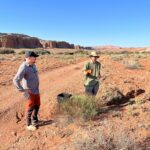

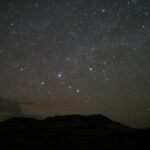



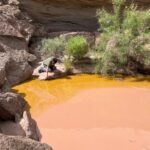
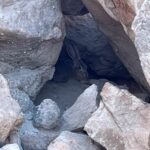
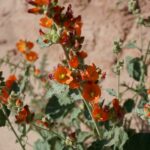
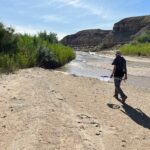
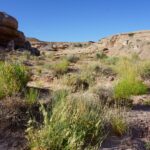

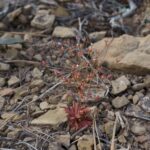
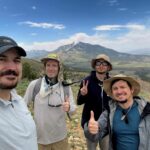

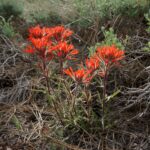
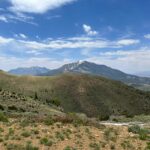
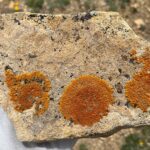
You must be logged in to post a comment.